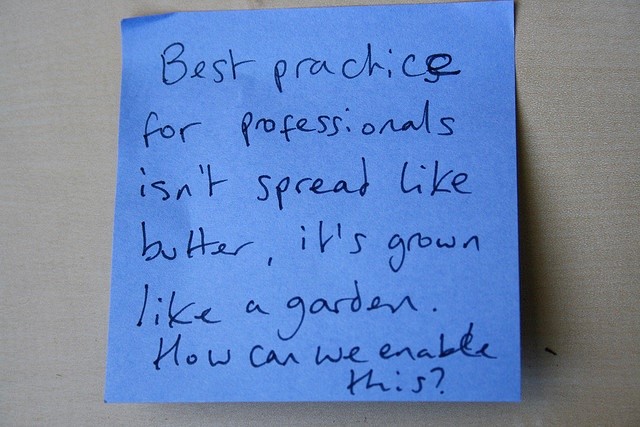At Highnet Systems we work closely with our customers to ensure that our Smart Notification System, SNS++, continuously meets their emerging needs and integration requirements. As with most things in our everyday lives, having great tools is just an initial requirement to having a great solution. Understanding how to utilize the tools and to maximize their benefits is equally important.

Collaboration with our customers has helped us build a list of Alert Notification Best Practices. In this series of posts, I’ll share with you the knowledge we have accumulated. This covers a wide range of management and monitoring environments and these best practices are valid whether or not you are using SNS++.
However, it is true to say that SNS++ will help you implement these best practices in a very simple and efficient way.
Firstly, let’s outline the goal of our work:
“Creating efficient notifications from our management and other information systems so that the right person(s) gets the right notification at the right time and at the desired destination."
This is the basic foundation from which we derive:
“Making the notification simple to implement, accurate and most importantly easy to maintain."
This latter statement is very important. Without it we cannot accomplish our desired goal.
All of today’s management systems are very sophisticated and will allow you to do many things regarding notifications. But, in order to accomplish this you will need to write code (scripts, etc.) and store notification related information (data files, database, lists, etc). This approach will work well, but over time it will require resources to manage, and eventually will become out of date, preventing the delivery of “the right notification to the right person….”
In my next post I’ll begin outlining some of the best practices we use. Please share with us any notification practices you are using in your own environment today.

